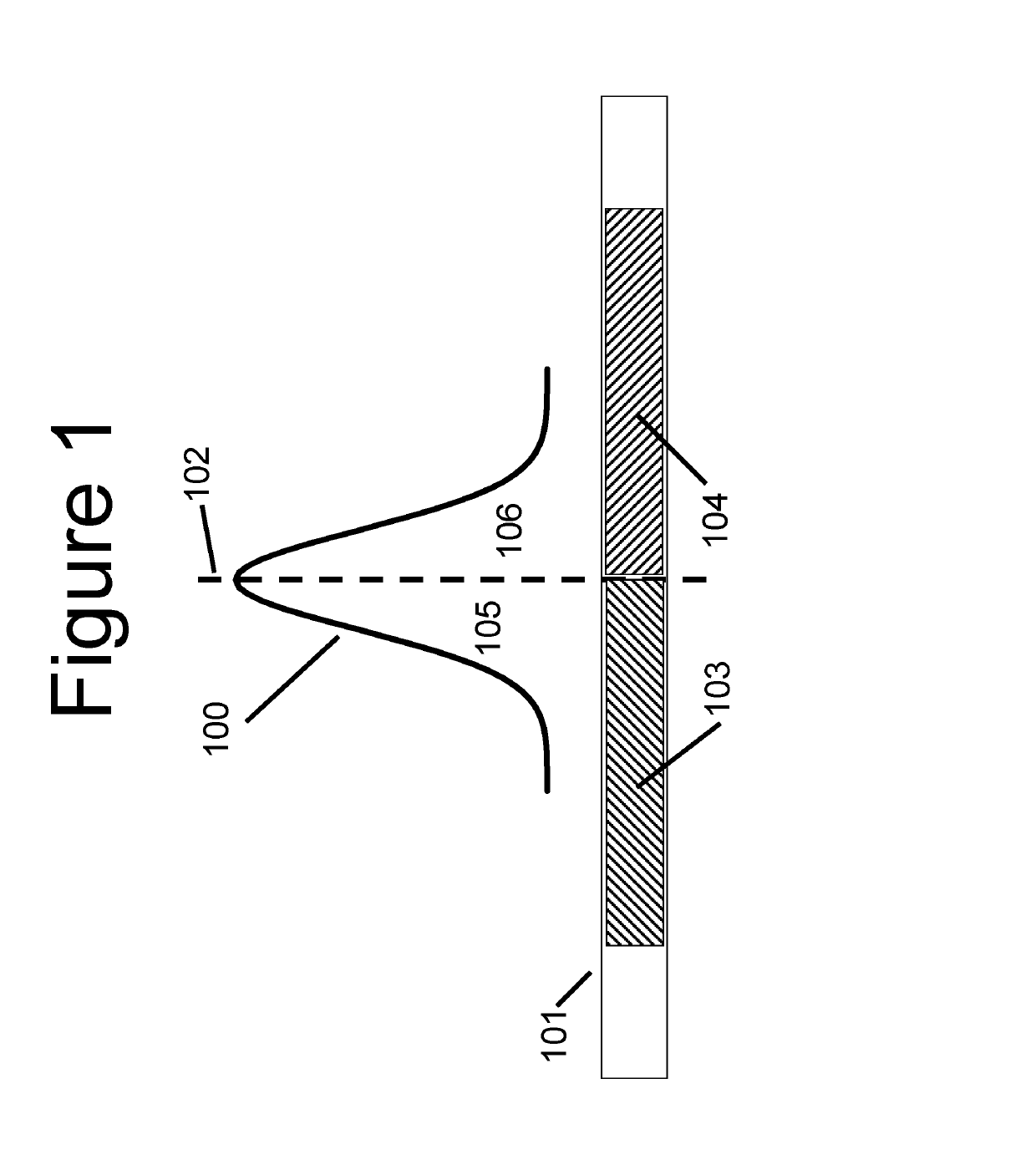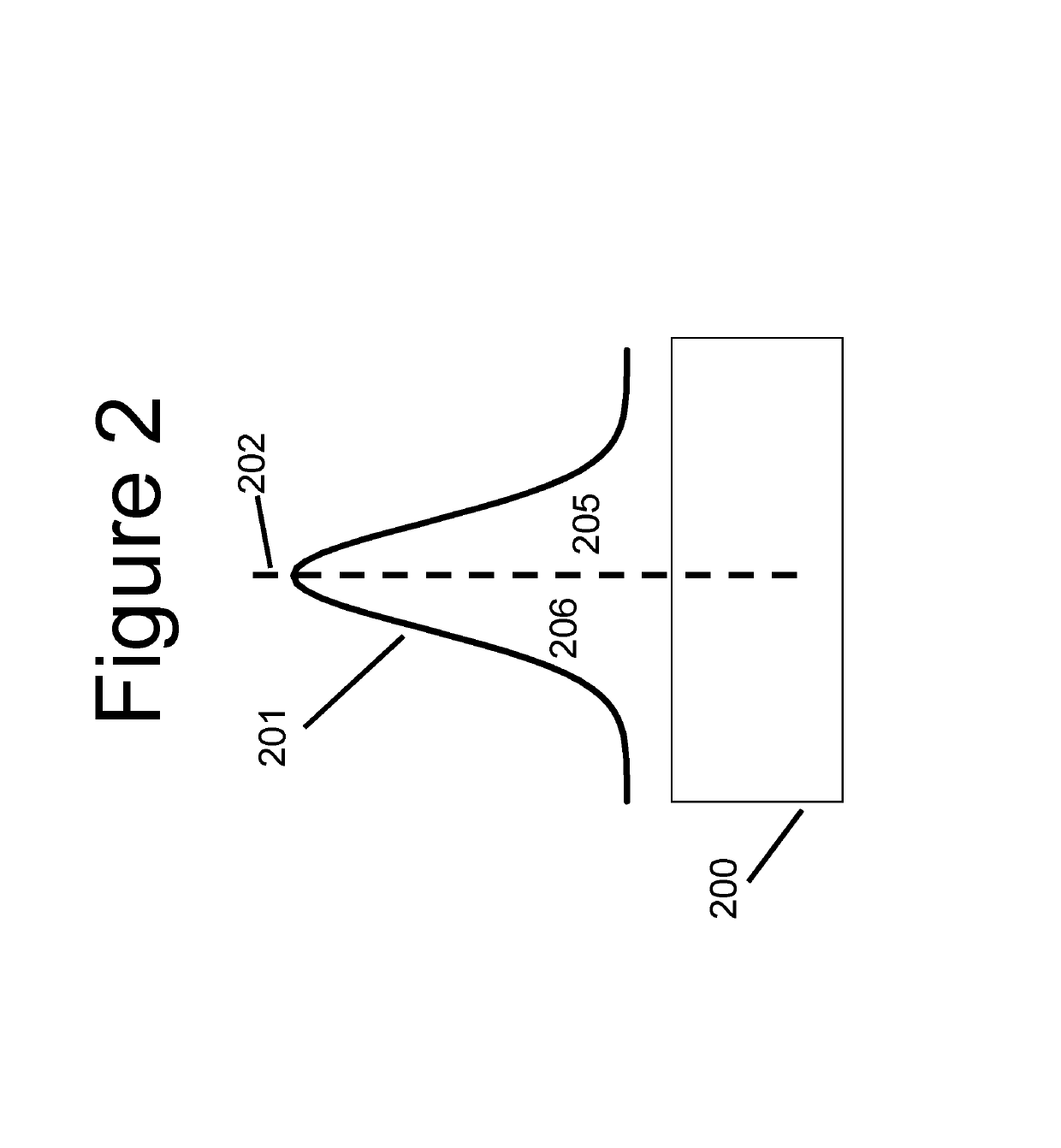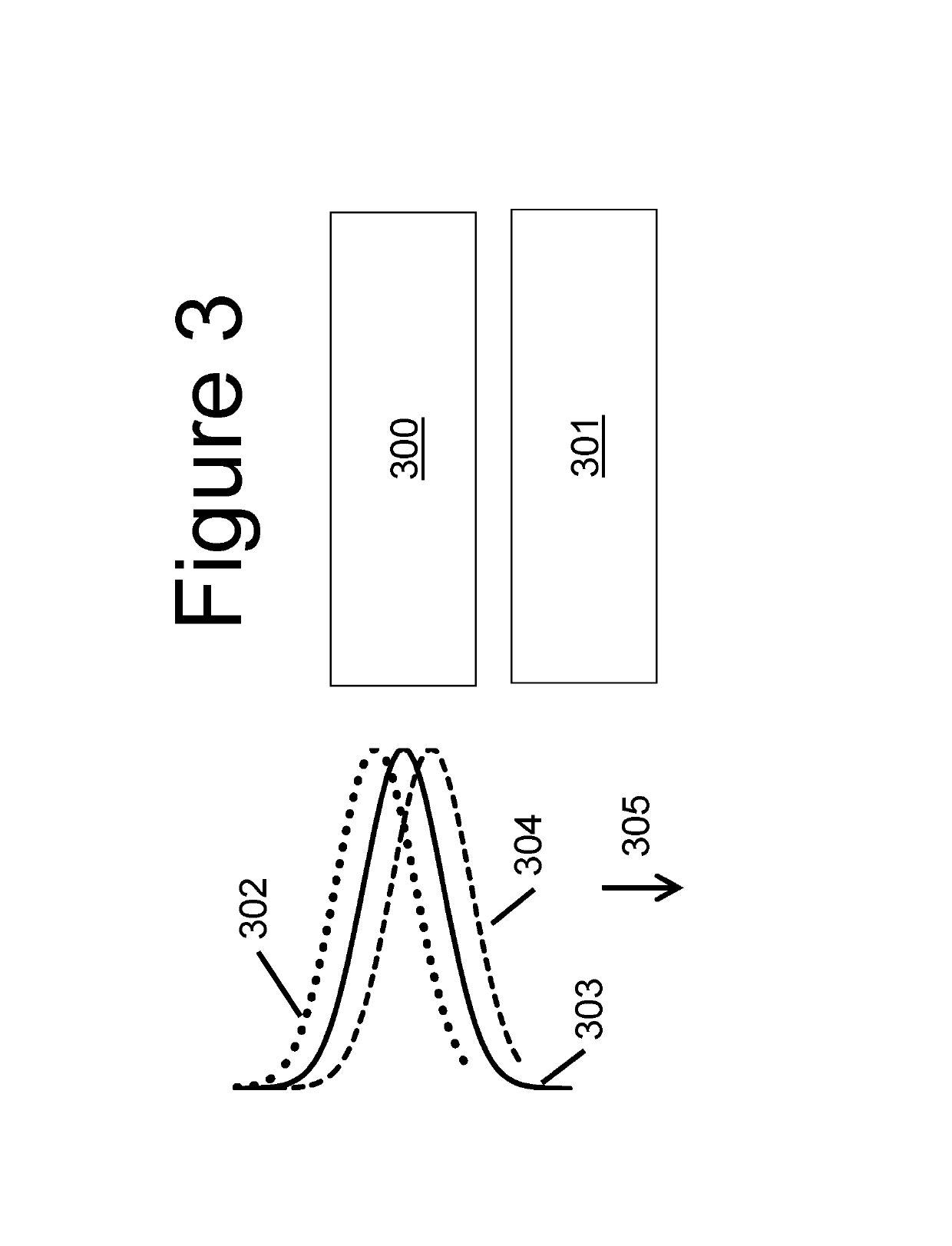Optical device and methods
a technology of optical devices and switches, applied in the field of optical systems, can solve the problems of device impracticality for use in a real network, wss may block wavelength channels, add cost, etc., and achieve the effect of facilitating n1 switches and easing manufacturing or facilitating n1 switches
- Summary
- Abstract
- Description
- Claims
- Application Information
AI Technical Summary
Benefits of technology
Problems solved by technology
Method used
Image
Examples
first embodiment
[0173]To illustrate the principles, an optical switch is shown in FIGS. 11-17.
[0174]FIG. 17 shows a highly-schematic equivalent optical circuit for the optical switch 6000, in order to clarify the differences with respect to the prior art. Referring to FIG. 17, an N×1 optical switch 6000 has N spatially separate input beams 1100 connected to input optics 1, and a single output beam 1106 delivered by output optics 1102. In one embodiment, each input beam 1100 is delivered from a respective individual optical fibre forming an input port, and the output 1106 is delivered into a single optical fibre forming an output port. One or more of the input beams may include an ensemble of different wavelengths.
[0175]Light passes from the input optics to a first array 1103, referred to herein as a spatial filter array, then via intermediate optics 1104 to a second array 1105, referred to herein as a routing array. From the routing array light passes to the output optics 1102.
[0176]From each of th...
second embodiment
[0236]Referring to FIG. 4, in this second embodiment, the centre group of pixels 404 has a routing hologram applied, while the outer groups, 403 and 405, have uniform phase applied.
[0237]Whether we reject, or route, the centre portions, it is advantageous to divide the group into 3 (or more) subgroups, because it gives a finer resolution in the attenuation levels than a single group, as shown in FIG. 5. Also then the output beam can have, at least approximately, even symmetry, for example where an odd number of subgroups is provided. This even symmetry makes it reasonably resilient to positional tolerances in the output.
[0238]FIG. 6 shows a graph of attenuation for this second embodiment, to investigate the resolution in fine levels between 0 and 1.5 dB, again using a value for the spot radius measured in the switch plane direction (parallel to arrow 4002 in FIG. 40), of 750 μm. The graph in FIG. 6 shows the calculated transmittance, plotted vs. the position of the subdivision 409, ...
third embodiment
[0341]The third embodiment has a half wave plate 1410 disposed spaced in front of the first LCOS array 1103.
[0342]In variants of the second and third embodiments, the half-wave plate instead of being physically separate and spaced from the respective LCOS array, is deposited on the cover material of the LCOS, and windowed, that is limited to the area where it is required to rotate the polarisation of the incident light to and from that required for the liquid crystal layer to perform its required function.
[0343]If the spatial filter uses the liquid crystal layer in amplitude modulation mode, polarisation manipulation optics such as a polariser or polarising beam splitter are required at some point in the system, to reject and handle the blocked light, and to deliver light to the liquid crystal layer that is linearly polarised across the range of incident wavelengths.
[0344]In an embodiment the cover glass in front of the spatial filter array includes as well as a half wave plate, a p...
PUM
 Login to View More
Login to View More Abstract
Description
Claims
Application Information
 Login to View More
Login to View More - R&D
- Intellectual Property
- Life Sciences
- Materials
- Tech Scout
- Unparalleled Data Quality
- Higher Quality Content
- 60% Fewer Hallucinations
Browse by: Latest US Patents, China's latest patents, Technical Efficacy Thesaurus, Application Domain, Technology Topic, Popular Technical Reports.
© 2025 PatSnap. All rights reserved.Legal|Privacy policy|Modern Slavery Act Transparency Statement|Sitemap|About US| Contact US: help@patsnap.com



